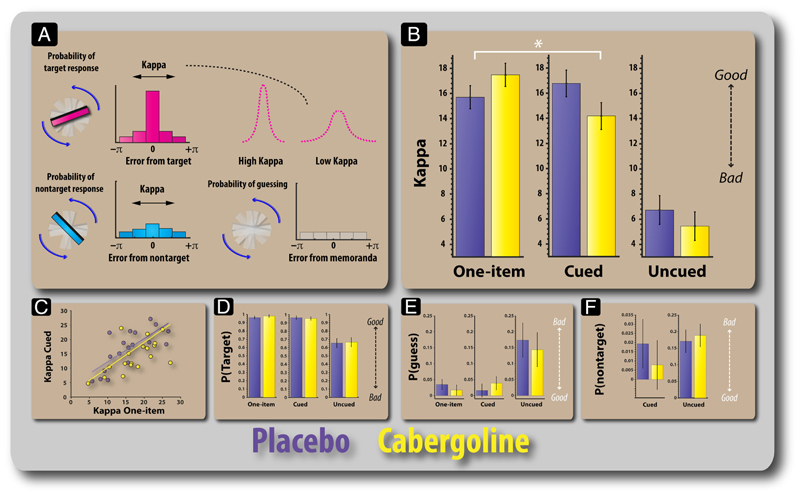Figure 5. Modeling results for the placebo and cabergoline sessions.
(A) Error can arise in recall because of increased variability in remembering the orientations of the probed item, which is captured in the model in terms of the parameter (kappa). A high kappa corresponds to lower variability in the precision of retained items (for targets or nontargets). Error is also expected to arise through random guessing/responses. Performance on the task not only requires an ability to accurately remember the orientations of bars but also the ability to bind, or associate, an orientation to a specific color. Thus, errors could arise through misbinding remembered orientations with remembered colors. For example, if the pink bar appeared at an orientation of 40° and the cyan bar appeared at 135°, a misbinding error would be said to have occurred if they rotate the probed pink bar to the remembered orientation of the cyan bar. (B) Kappa values according to task and drug. There was a significant difference in kappa on the cued condition and a trend for the one-item condition. (C) Plot showing the relationship between the kappa values for the one-item and precued conditions. (D) Probability of responding to the target (probed item) according to task and drug session. (E) Probability of random guessing according to drug and task. (F) Probability of responding to the distractor (cued task) or nontarget (uncued task) orientation. Error bars reflect the standard error of the difference between placebo and drug sessions.

